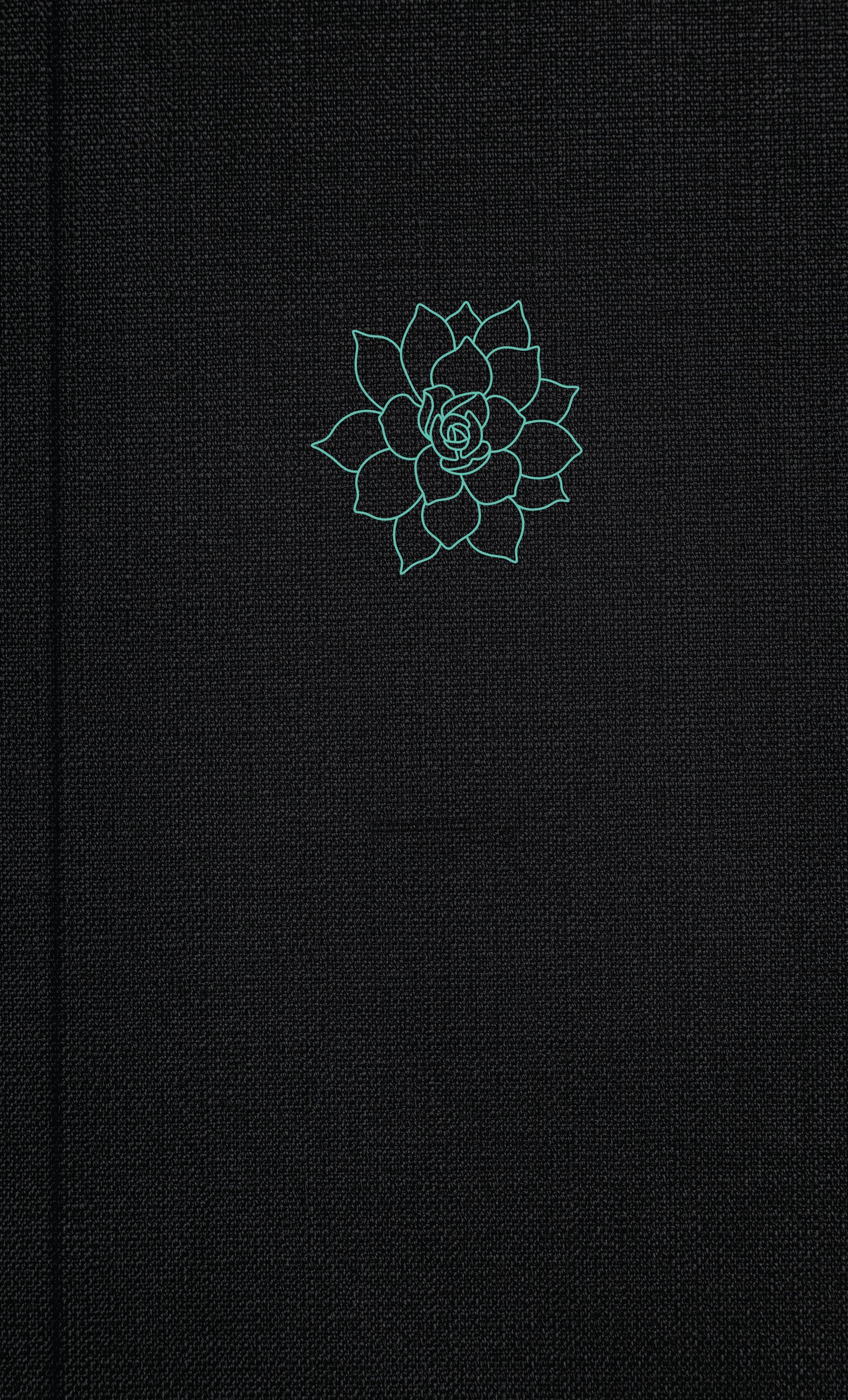Sleep training didn’t work for you? You’re not the only one—and you don’t need to give up. Researcher and sleep coach Macall Gordon and the Sleep Lady Kim West offer a tried-and-true approach to shifting sleep behavior that actually works . . . even when nothing else has.
WHY WON’T YOU SLEEP?
A Game-Changing Approach for Exhausted Parents of Nonstop, Super Alert, Big Feeling Kids
by Kim West & Gordon Macall
BenBella, November 2024
(via Levine Greenberg Rostan)

- Why popular sleep training techniques, don’t work for some children
- Simple changes to your child’s routine and environment that prime their nervous system for slumber
- A step-by-step plan for your child, using the time-tested approach that doesn’t require leaving babies alone to cry
- Tips, tricks, and workarounds for night wakings, co-sleeping, and more
- How to gently push past plateaus and setbacks
Additionally, Gordon and West provide much-needed encouragement, validation, and insights to bolster parents’ self-confidence and resilience along the way. Why Won’t You Sleep? will finally give you concrete answers to why sleep has been more challenging for you and your child—and offers a much-needed confidence boost that will leave you saying, “I’ve got this.”
Kim West, MSW, is a mom of two who has been a practicing child and family social worker for over 25 years. She has personally helped over twenty thousand families all over the world gently teach their children how to fall asleep—and fall back asleep without leaving them to cry it out alone. She started training Gentle Sleep Coaches internationally in 2010 and has appeared as a child sleep expert on numerous magazines, newspapers, and television programs including Dr. Phil, TODAY, and Good Morning America.
Macall Gordon has a master’s degree in applied psychology from Antioch University in Seattle with a research-based specialization in infant mental health, sleep advice, and parenting culture. She also has a BS in human biology from Stanford University. She is a senior lecturer in the graduate counseling psychology program at Antioch University. She has conducted and presented her own research on temperament, sleep, and parenting advice at infant and child development conferences around the world. She has been a featured speaker at national sleep conferences and has led webinar-based advanced training for sleep coaches, mental health providers, and others on the impact of temperament on sleep. She is a certified Gentle Sleep Coach (trained by Kim West) and a featured provider on the women’s telehealth platform, Maven Clinic. She comes to this work because she had two sensitive, alert, intense children, and she didn’t sleep for 18 years.

 From the bestselling author of Bearing the Unbearable and Grieving Is Loving, here are 52 writing prompts for exploring grief and journaling about those whom we’ve lost. Writing about those we’ve lost can be part of a contemplative practice, alone or with therapists, family, friends, or with a grief support group. However you use this journal and its writing prompts, please take the time to write from the heart, really be with each prompt, dive deeply—and do so with a spirit of love and compassion for all beings, including yourself.
From the bestselling author of Bearing the Unbearable and Grieving Is Loving, here are 52 writing prompts for exploring grief and journaling about those whom we’ve lost. Writing about those we’ve lost can be part of a contemplative practice, alone or with therapists, family, friends, or with a grief support group. However you use this journal and its writing prompts, please take the time to write from the heart, really be with each prompt, dive deeply—and do so with a spirit of love and compassion for all beings, including yourself.